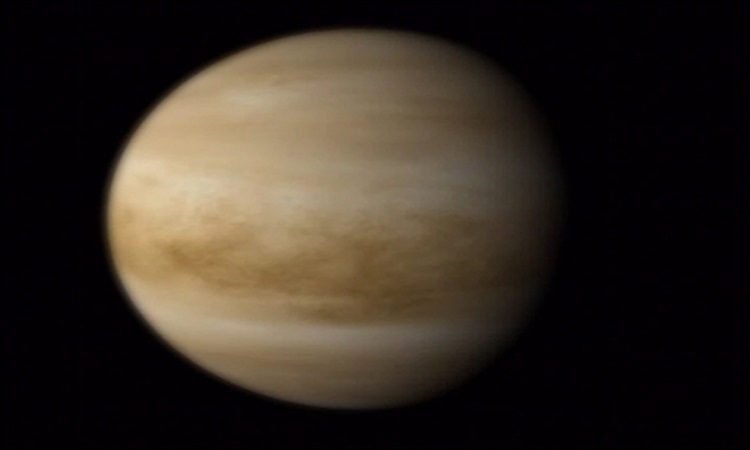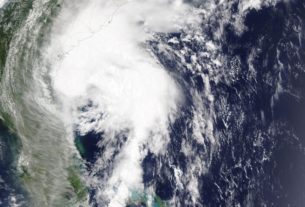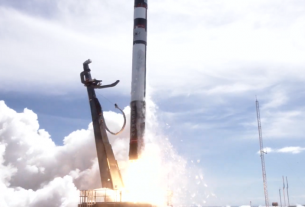In a recent report, a team from the Massachusetts Institute of Technology (MIT) presents the scientific plan and rationale for a series of privately funded missions to search for signs of life in Venus’ atmosphere. The first of these missions could be launched as early as 2023.
A few months ago, astronomers announced the possible presence of phosphine, a potential indicator of life, in the atmosphere of Venus at an altitude of between 35 and 50 km, where pressures and temperatures are similar to Earth. Finally, a study published afterwards pointed out that the possible phosphine discovered in Venus’ atmosphere was probably just ordinary sulfur dioxide.
More recently, an article published in Nature went in the same direction, arguing that the conditions in the Venusian clouds are in no way compatible with life as we know it.
Despite these different results, some researchers still believe in the idea that the clouds of Venus may harbor several microscopic life forms.
Venus Life Finder
These scientists have identified several unexplained atmospheric chemical anomalies, including the “mysterious UV absorber” or the vertical abundance profiles of O2, SO2 and H2O. They also point to the presence of ammonia (NH3) and still do not rule out the idea of the presence of phosphine (PH3).
According to MIT researchers, these anomalies, which have persisted for decades, could be related to the activities of life in the Venusian atmosphere or indicate an unknown chemistry that deserves to be explored. In this spirit, they propose a series of disjointed missions funded by the private sector and intended to answer these questions: the “Venus Life Finder” missions.
“While people have been speculating about life in the clouds of Venus for decades, we are now in a position to act with cost-effective and highly targeted missions,” a statement read. “The VLF series of missions we are proposing aims to study the cloud particles of Venus and continue where the pioneering in situ probe missions of almost four decades ago stopped. The world is on the verge of a revolution in space science”.
Based on the experimental results, the researchers speculate that life could evolve in acid-resistant lipid vesicles or neutralize sulfuric acid by producing ammonia, which can reduce the pH of sulfuric acid to a more “tolerable” level. Finally, Venusian life could rely on a biochemistry capable of tolerating sulfuric acid, distinct from anything on Earth.
Three missions envisaged
The first of the missions is expected to be launched in 2023, and managed and funded by Rocket Lab. The company’s Electron rocket would send a spacecraft in the direction of Venus. This spacecraft would then release a mini-probe allowing a three-minute flyby through the Venusian clouds at more than 38,000 km /h. The purpose of this brief descent will be to analyze a little atmosphere.
Based on their research, the team selected an instrument called an autofluorescent nephelometer. Small, light (barely 1kg), cheap and can be built quickly, the instrument is currently being developed by two companies. One, called Cloud Measurement Solutions, is based in New Mexico. The second, called Droplet Measurement Technologies, is based in Colorado.
Concretely, once in the atmosphere of Venus, this instrument would aim to project a laser on the cloud particles, causing the illumination or fluorescence of all the complex molecules they contain. Many organic molecules, such as the amino acid tryptophan, have fluorescent properties.
While this mission could provide us with interesting data on the planet’s atmosphere, it will probably be insufficient to detect real signs of life. Regardless of these discoveries, the next mission is already planned for 2026. This time it would involve sending a larger payload with a balloon capable of spending more time in the clouds of Venus to conduct more in-depth experiments.
Finally, the results of this mission could set the stage for the culmination of this incredible project: to bring a sample of the atmosphere of Venus back to Earth.

Email: mary@satprwire.com Phone: +44 20 4732 1986
Marry is a fitness freak in every manner and gives proper care about her health and of others. She is probably the best person we have at Daily Research News for covering articles from the Health sector. If not at work, she can be seen drinking a cup of coffee.



